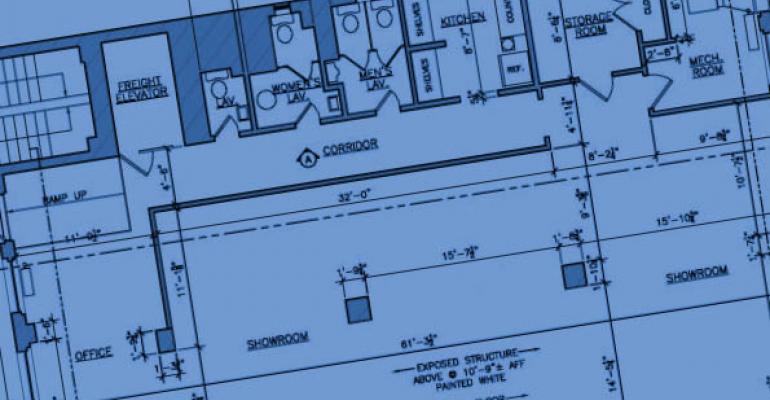Leading up to the economic downturn in 2008, retail was the only property type to experience a significant inventory increase. Between 2000 and 2008, total retail stock increased by 14.2 percent, more than double the inventory increase observed in the apartment and office sectors. Almost eight years later, we are left with a sector that has been overbuilt and under-demolished. Speculative construction has not returned to the market, very few new centers are being built and even expansions of existing centers remain relatively rare.
Neighborhood and community center inventory increased by just 1.2 million sq. ft. during the fourth quarter of 2015. This is well below the historical average of 5.2 million sq. ft. that the sector added in a typical quarter during the past 15 years. Prior to the recession, quarterly new construction averaged as high as 8.0 million sq. ft. per quarter. This dearth of new supply is, however, buoying rents and vacancies in a still relatively low-demand retail environment. Will this perceived recovery help thaw developer interest in retail over the next three years? What will be the implication of new supply on real estate fundamentals?
Between 2014 and 2017, Reis expects around 34.0 million sq. ft. of new retail supply to hit the market. While this would almost eclipse total new stock that has been added to the market since 2009, it would not have been unusual to see that level of new development in one single year during the 2000-2007 period. The vacancy rate should continue its downward trajectory, slow as it has been, and will likely reach the low 9 percent range by the end of 2017. Even with suppressed construction activity, the rate will likely remain elevated above pre-recession levels in the coming years.
A handful of markets will lead the way in terms of completions over the three-year forecast horizon. Large Texas markets, including Houston and Dallas, register at the top of Reis’s 80 primary retail markets for forecasted construction levels. Chicago, Philadelphia and Atlanta round out the top five markets.
On an inventory growth rate basis, the top five markets are a mixed bag. Louisville takes the top spot, with a three-year forecasted inventory growth rate of 5.2 percent. Despite the large increase, absorption is expected to outpace new supply by 21.5 percent. The remainder of the top markets by forecasted inventory growth rate—Austin, Texas, Charlotte, N.C., Kansas City, Mo. and Knoxville, Tenn.—all have three-year forecasted inventory growth rates that exceed 3.4 percent, but they also follow the national trend of historically low new supply that will be offset by tepid yet consistent demand. No increase in vacancy or negative rent growth is expected, even at this high end.
With some modest improvement in the outlook for wage growth starting to materialize, the outlook for discretionary spending and thus demand for retail space should be brighter in 2016 than at any point in time since before the recession. While the pace of improvement in retail does not look very robust, it will nonetheless present opportunities for investors and lenders willing to take some chances.
Michael Steinberg is senior analyst and Barbara Byrne Denham is economist with New York City-based research firm Reis Inc.

